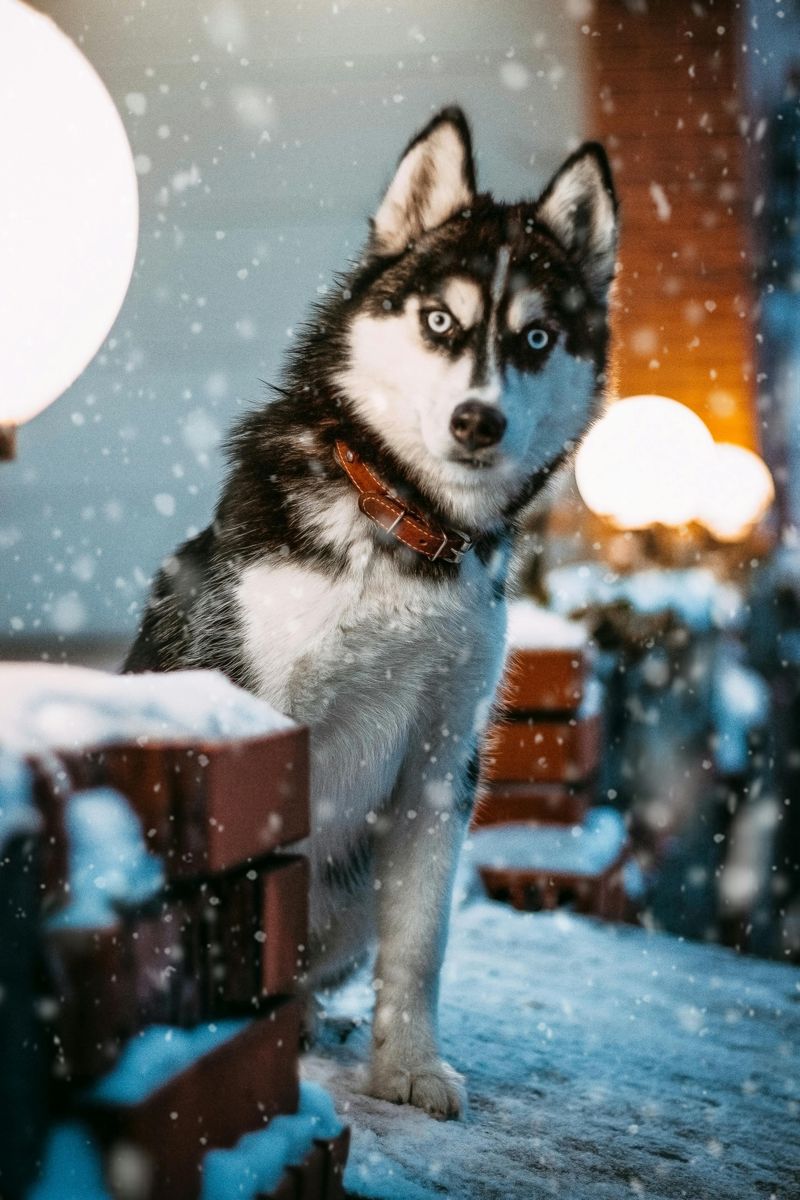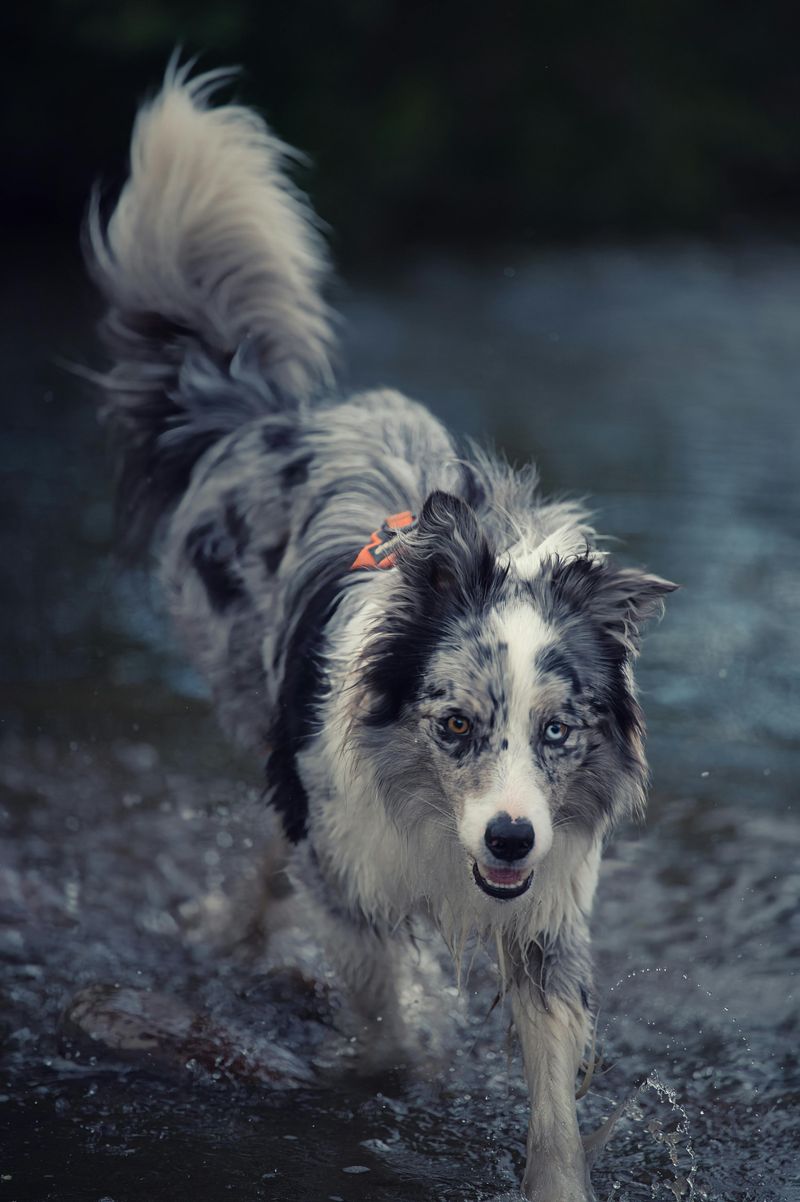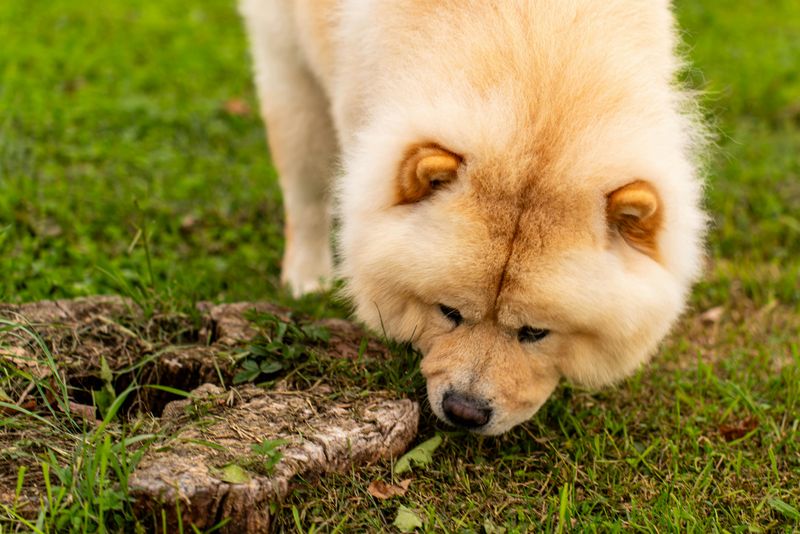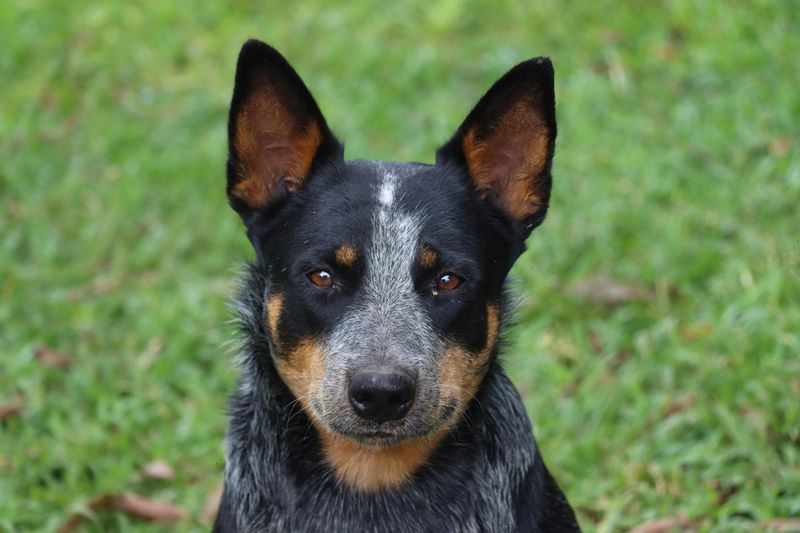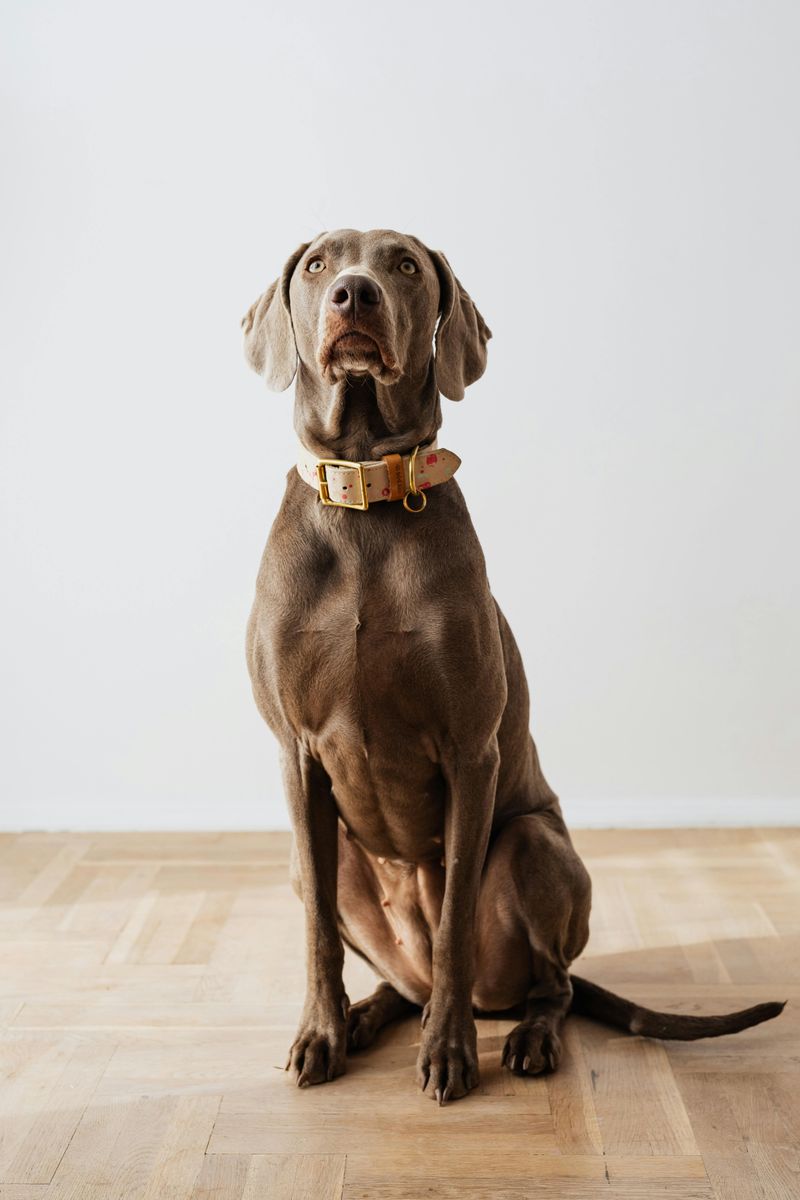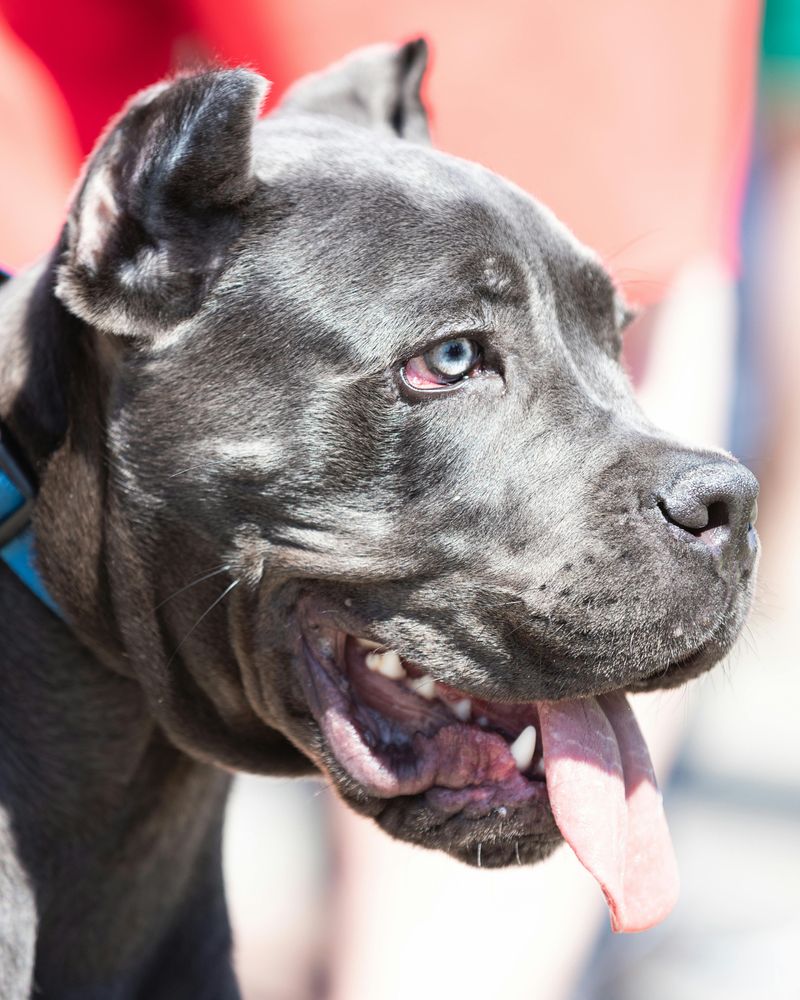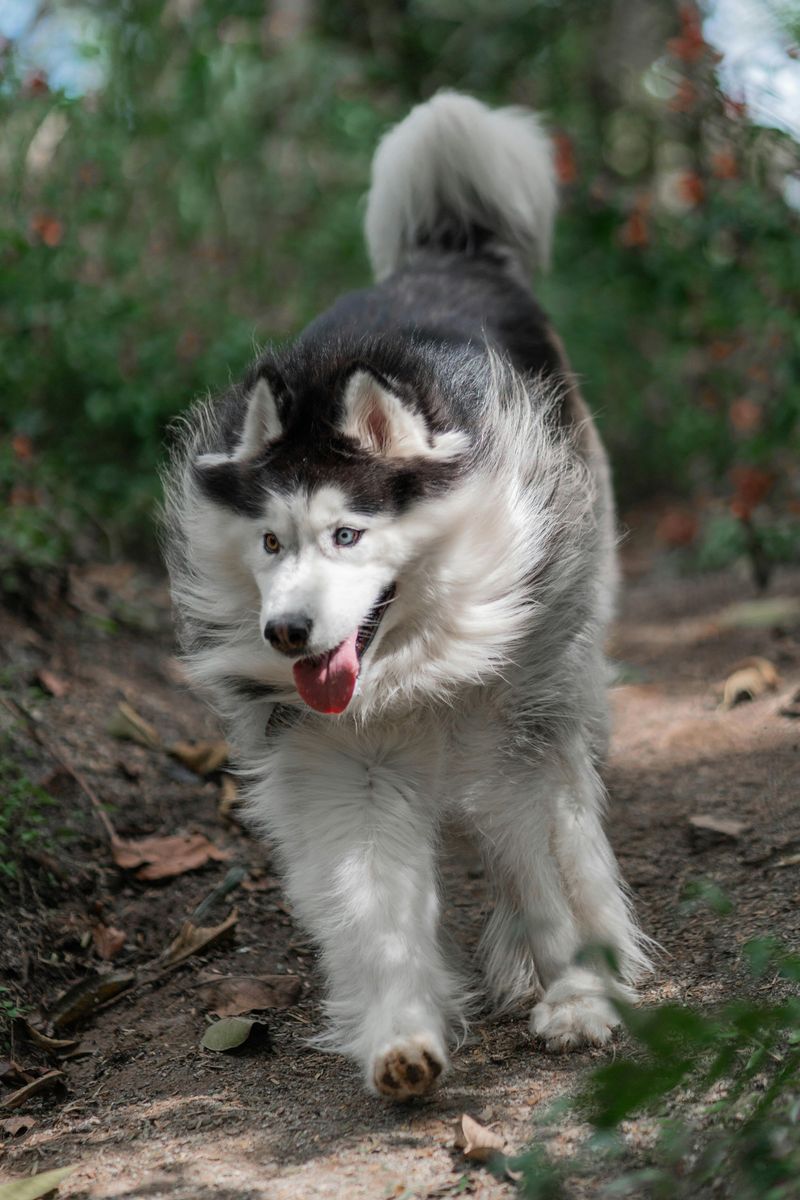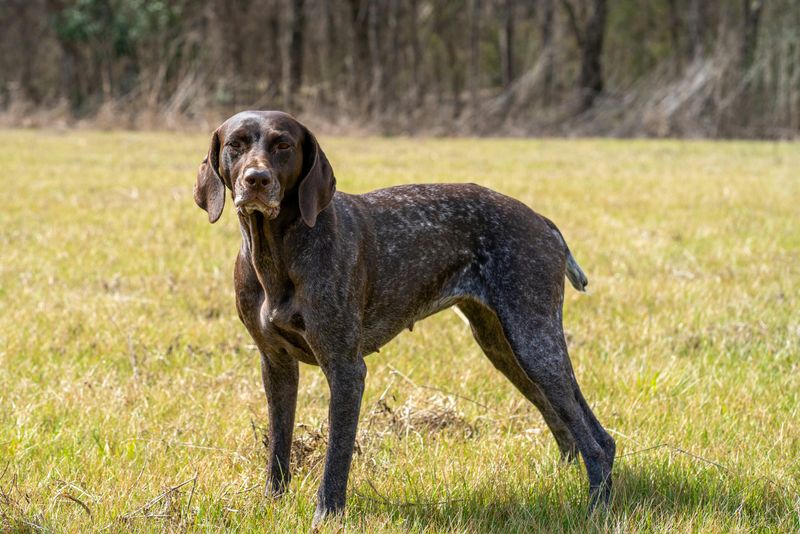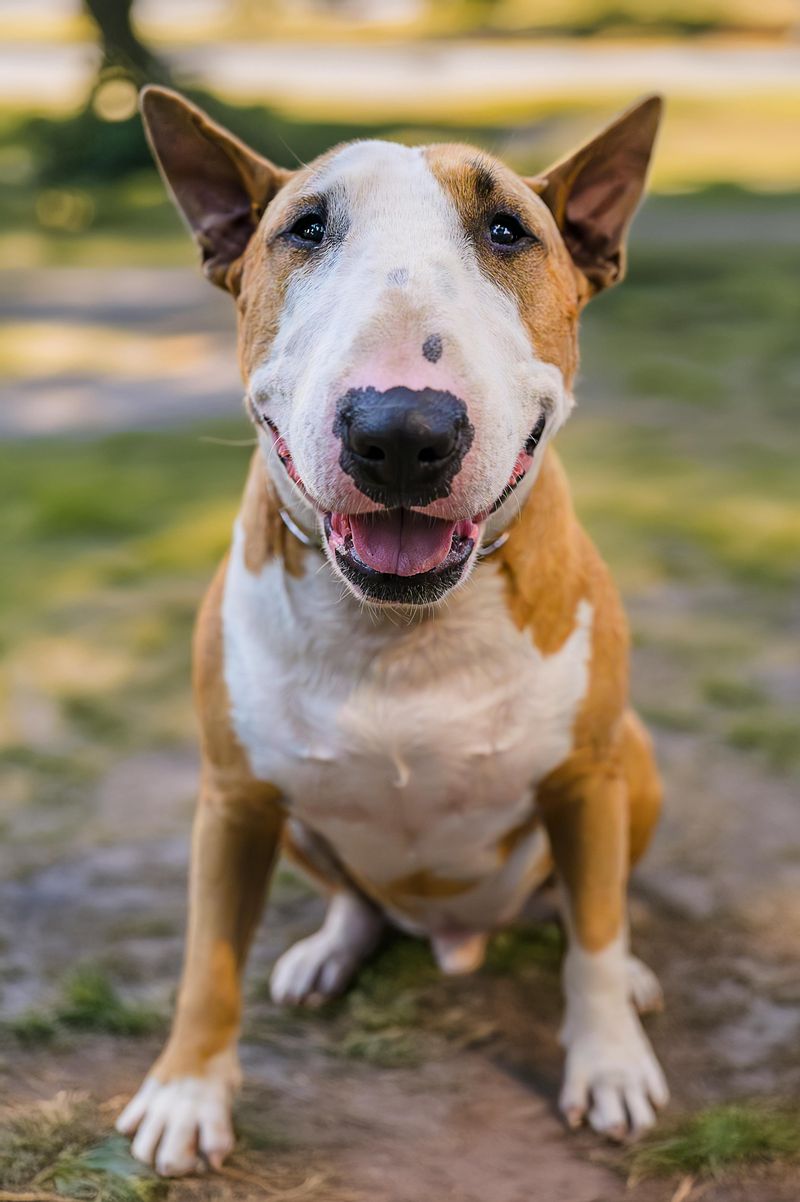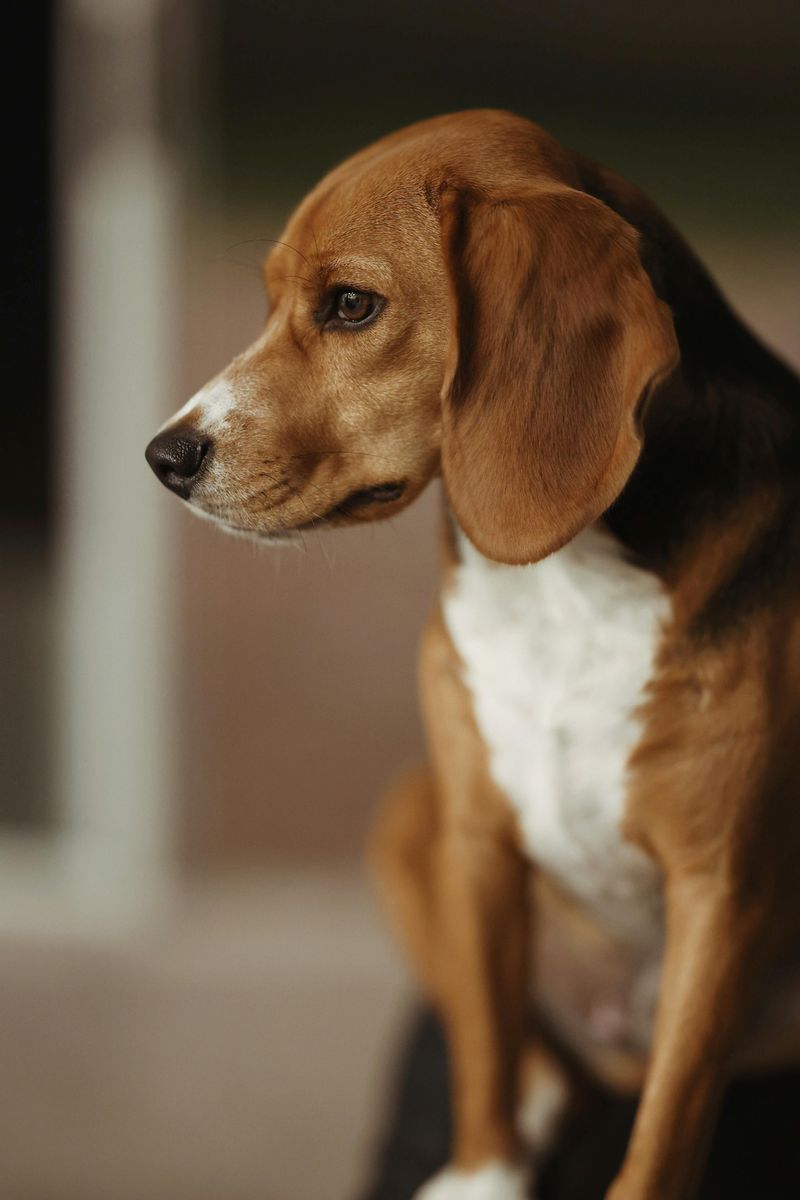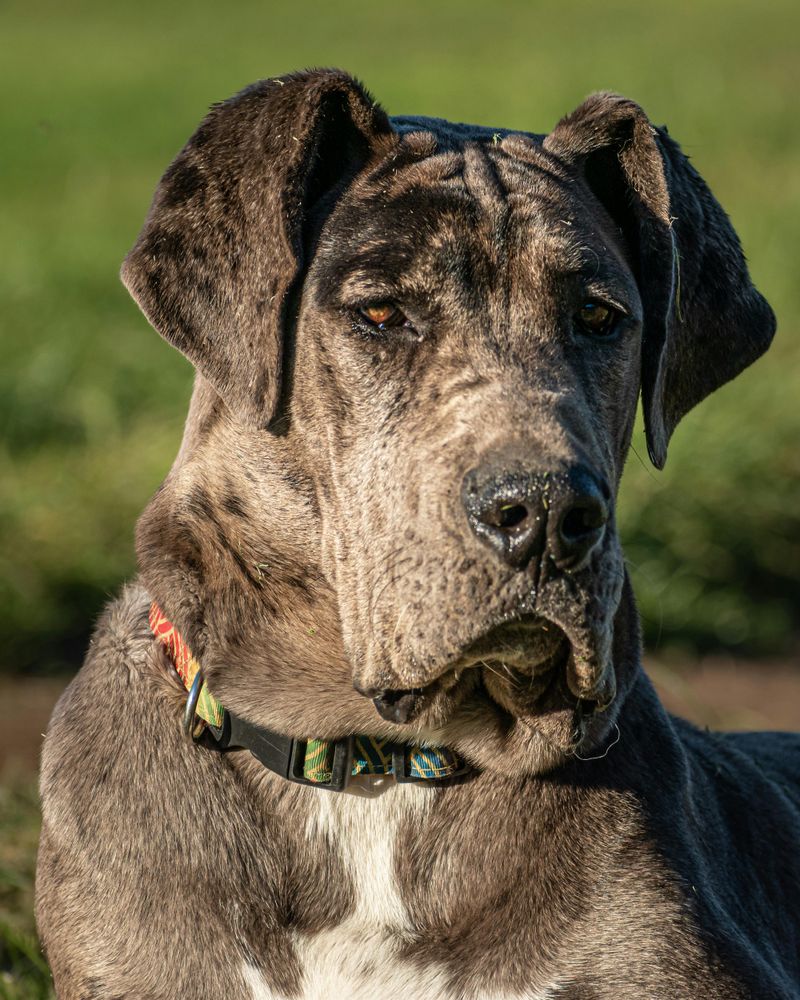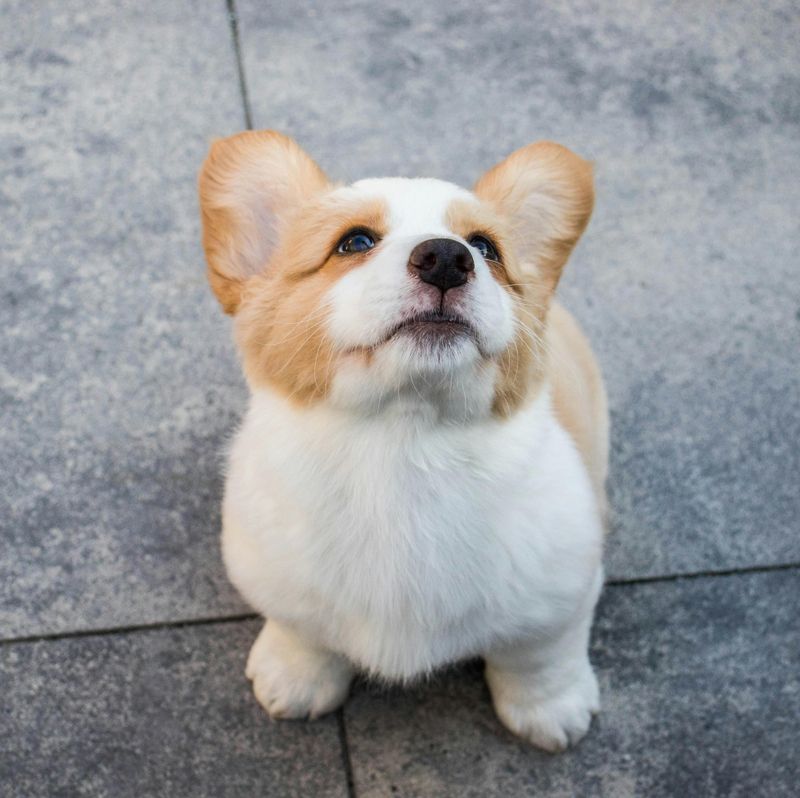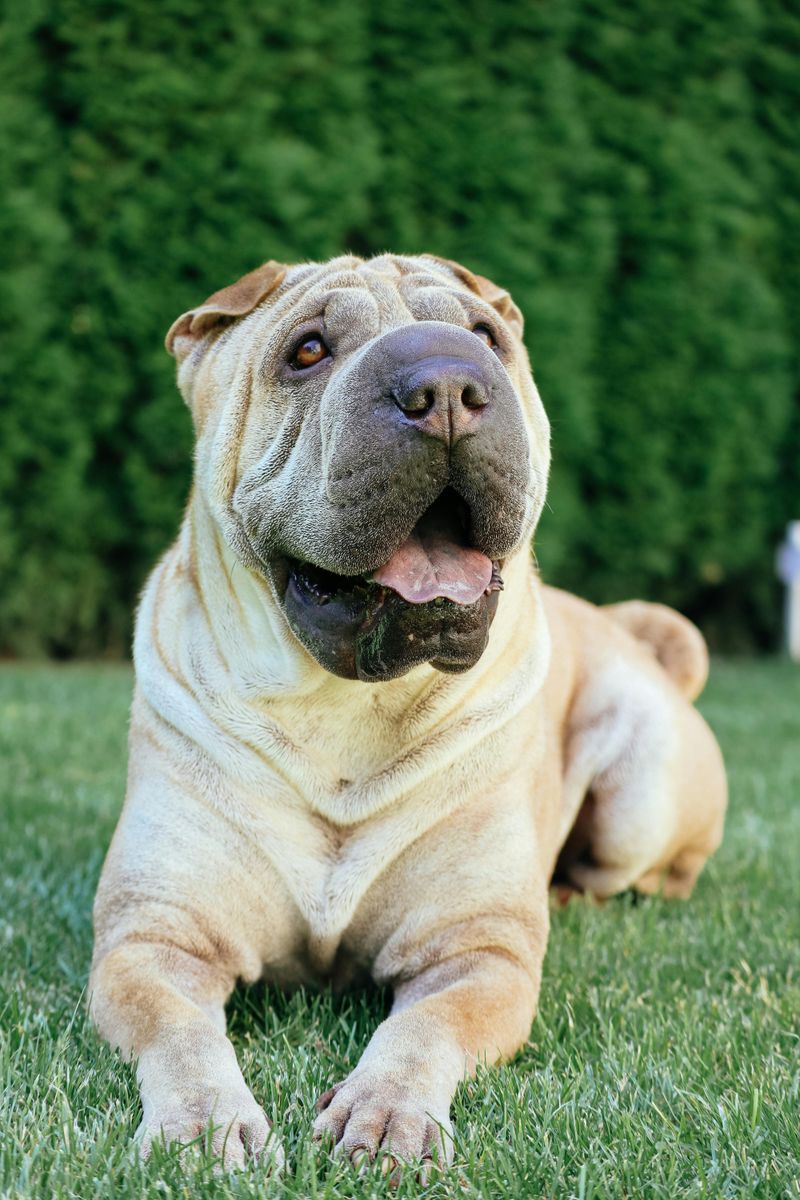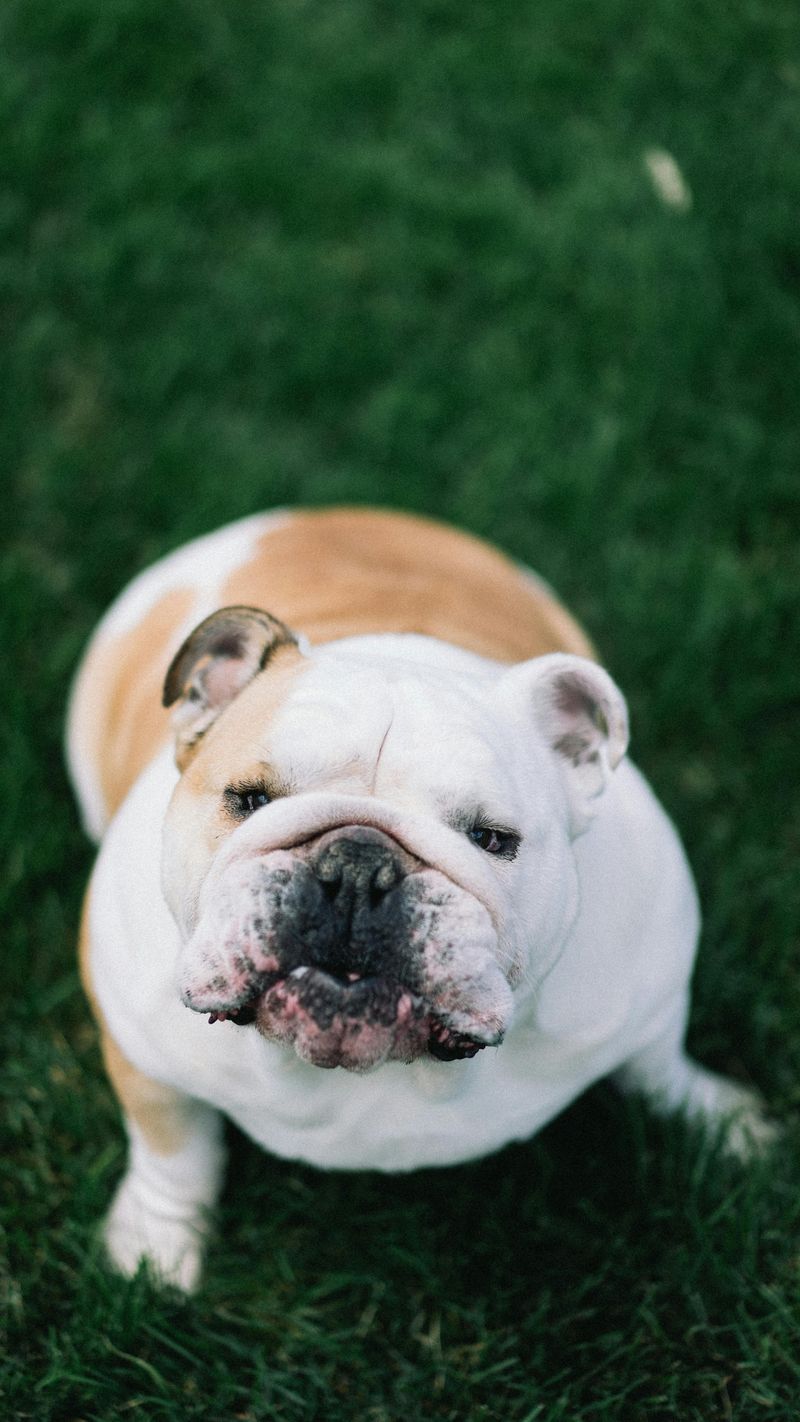Some beloved dog breeds can be surprisingly difficult to live with, even for committed owners. Behind the cute photos and viral videos are needs for training, space, time, and budgets that not every household can meet. Before you fall for a famous breed, learn what daily life with them actually looks like. These insights could save you stress—and help you choose a dog that truly thrives with you.
Siberian Husky
Siberian Huskies are stunning, but their beauty can disguise a demanding companion. Bred to run tirelessly, they need vigorous daily exercise and mental stimulation or they’ll invent activities—like escaping yards or redecorating couches. Their prey drive and independence make recall training challenging, even for experienced handlers. They shed heavily, particularly during seasonal “blowouts,” requiring serious grooming. Vocal and social, they dislike long solitude and may howl if bored. Apartment living can work only with committed training and exercise plans. Without outlets, destructive behavior escalates quickly. Families should plan for time, fencing, and structured activities like canicross or skijoring.
Border Collie
Border Collies are brilliant problem-solvers bred for nonstop work. That genius becomes mischief without sustained training, advanced obedience, and jobs like herding, agility, or scent work. They can fixate on motion, attempting to herd kids, bikes, or cats. Under-stimulated Border Collies may develop compulsive behaviors, nipping, or anxiety. Their energy doesn’t fade with a quick walk; they thrive on complex tasks and brain games. Sensitive to tone and routine, they need patient, consistent handlers. With the right owner, they’re phenomenal; without structure, they struggle. Prospective families should consider time, lifestyle fit, and access to dog sports before choosing this breed.
Belgian Malinois
Belgian Malinois are elite working dogs, not casual companions. Their drive, intensity, and sensitivity demand expert training and daily, high-level engagement. Without structured outlets, they channel energy into destructive chewing, fence-running, or obsessive behaviors. Protective instincts require early socialization to avoid reactivity. Many dogs seen online performing stunts are professionally handled; replicating that at home is unrealistic for most families. They also bond tightly, making separations stressful. Apartments can be feasible only with rigorous exercise and training commitments. If you love their abilities but not the workload, consider less-driven breeds. Malinois truly thrive with experienced, active handlers and clear jobs.
Dalmatian
Dalmatians are striking, energetic dogs historically bred to run alongside carriages. Many remain endurance athletes needing substantial daily exercise and structure. They’re prone to urinary issues linked to purine metabolism; diet management and hydration are crucial. Deafness occurs more frequently than in many breeds, requiring preparedness for specialized training. Without activity and mental engagement, they become restless and may develop destructive habits. Their short coat sheds continuously, surprising some owners. They can be aloof with strangers and require consistent socialization. Before adopting, evaluate your time for training, vet care, and exercise to ensure this iconic breed genuinely fits your lifestyle.
Jack Russell Terrier
Jack Russell Terriers pack huge drive into a small body. Bred for fox hunting, they’re fearless, energetic, and intensely curious. Without substantial exercise and enrichment, they’ll dig, bark, and dismantle furniture. Their prey drive can conflict with cats and small pets, and they may challenge larger dogs. Training must be firm, fair, and consistent—these clever dogs quickly exploit inconsistency. Many underestimate their stamina; a short walk won’t cut it. They thrive in active homes with structured games like terrier racing or nose work. Families seeking a laid-back lap dog may be overwhelmed by this pint-sized athlete’s relentless enthusiasm.
Chow Chow
Chow Chows are dignified and independent, often aloof with strangers. Their thick coat demands diligent grooming to prevent matting and hotspots; seasonal shedding is intense. Some individuals are territorial, requiring early, careful socialization and experienced handling. They’re sensitive to heat and not ideal for very active owners expecting trail companions. While loyal to family, they may not appreciate rough play from children. Training must be calm and respectful; harsh methods can shut them down. Prospective owners should budget for professional grooming, consistent training, and manage expectations around sociability. A structured, low-chaos home suits this regal, self-possessed breed best.
Akita
Akitas are powerful, loyal guardians with strong opinions. They can be reserved with strangers and same-sex dog aggressive, complicating dog-park outings. Early, ongoing socialization is essential to avoid reactivity. Their dense coat sheds heavily; grooming and vacuuming are part of life. Training requires confident, calm leadership—coercive methods backfire. They bond deeply, which can lead to separation stress if left alone long hours. Space, secure fencing, and careful management are musts. Families with small pets should be cautious due to prey drive. When their needs are met, Akitas are devoted companions, but they’re not ideal first-time dogs or busy households.
Australian Cattle Dog
Australian Cattle Dogs are hardy herders built for long days of work. Their intense energy, nipping tendencies, and sharp intelligence require clear jobs and continuous training. Without outlets, they may herd children, chase cars, or chew from boredom. They form tight bonds and can become protective without careful socialization. This breed excels in dog sports and ranch life but can struggle in sedentary homes. Mental challenges, trick training, and off-leash outlets in secure areas are essential. Their weatherproof coat sheds, and they can be vocal. For the right, active owner, they shine; for the unprepared, they’re overwhelming.
Weimaraner
Weimaraners are sleek athletes with boundless stamina and an affectionate, Velcro-like nature. They crave companionship and can develop separation anxiety if left alone routinely. As hunting dogs, they need robust exercise and scent work to stay satisfied; under-stimulated Weims may counter-surf or escape. Their prey drive complicates homes with small pets, and recall can be unreliable without extensive training. Adolescence can be especially rambunctious, requiring patience and structure. They’re strong, capable jumpers who need secure fencing. While loving with families, their exuberance can overwhelm small children. Prospective owners should plan for daily training, long runs, and enrichment.
Cane Corso
The Cane Corso is a large, protective mastiff requiring experienced, consistent leadership. Their size and guarding instincts demand early socialization and lifelong training to prevent overprotectiveness. Strength and mouthiness during adolescence can challenge even confident owners. They need space, secure fencing, and structured exercise—not just casual walks. Insurance and housing restrictions may apply for guardian breeds. Drool and shedding are realities, and veterinary costs can be significant for large dogs. When well-managed, they are loyal, stable companions, but they’re unsuitable for chaotic homes, frequent visitors, or novice handlers. Responsible ownership includes obedience, impulse control, and controlled exposure to new situations.
Shiba Inu
Shiba Inus are charming but notoriously independent. Many dislike handling and can be escape artists with little recall reliability. Their catlike cleanliness contrasts with a stubborn streak that frustrates novice trainers. Socialization is crucial to prevent aloofness or reactivity. They shed heavily seasonally, and their dramatic “Shiba scream” can surprise neighbors. Dog-park play isn’t always ideal, as some prefer selective interactions. Positive reinforcement and patience are essential, as harsh methods undermine trust. For owners expecting constant cuddles or easy off-leash adventures, this breed may disappoint. With realistic expectations and boundaries, Shibas can be delightful, low-maintenance house companions.
Alaskan Malamute
Alaskan Malamutes are powerful sled dogs bred for strength, not obedience. They require substantial exercise and excel at pulling sports, but heat sensitivity limits warm-weather activities. Their digging and howling can create neighbor issues, and they’re notorious for testing fences. Strong prey drive complicates homes with small animals. Grooming is significant; expect dramatic shedding twice a year. Training must be patient and consistent, focusing on impulse control. Apartment life is challenging without rigorous planning. Families should consider space, climate, and time commitments before bringing home this majestic breed. A bored Malamute finds trouble quickly and can be costly to redirect.
German Shorthaired Pointer
German Shorthaired Pointers are versatile hunting dogs with relentless energy. They thrive on daily running, fieldwork, and scent games; without it, they become restless and destructive. Their exuberant greetings can topple small children, and they may pace or whine when under-stimulated. Prey drive is strong, complicating off-leash reliability around wildlife. They’re affectionate and people-oriented, so long hours alone can lead to anxiety. Training should channel drive into structured tasks like tracking or agility. Homes without secure yards or active routines may struggle. With adequate outlets and consistency, GSPs are brilliant companions; without them, they’re a whirlwind.
Bull Terrier
Bull Terriers are clownish, muscular charmers with big personalities. They need firm boundaries, consistent training, and ample exercise to curb impulsivity. Some develop compulsive tail-chasing or fixations without mental stimulation. Their egg-shaped head and strong jaw mean supervision around toys is essential to prevent choking or destruction. They can be stubborn learners, making short, fun sessions ideal. Skin allergies and sensitivities can increase vet bills. Dog-selective tendencies may complicate social outings. They’re affectionate with families but can be too boisterous for toddlers. Dedicated owners who embrace structure and enrichment will enjoy their goofiness; casual caretakers may feel overwhelmed.
Beagle
Beagles are sweet-natured scent hounds with noses that override obedience. Once they catch a trail, recall can vanish, making off-leash freedom risky. They vocalize—howls, bays, and barks—especially when bored or left alone. Their food motivation aids training but also fuels counter-surfing and weight gain without strict management. They need more exercise than many expect and benefit from scent games and tracking. Apartment dwellers should consider noise tolerance and neighbor proximity. Social and gentle, they still require consistent boundaries to curb stubbornness. For families prepared to engage their nose and mind, Beagles charm; otherwise, frustration mounts quickly.
Great Dane
Great Danes are gentle giants with outsized needs. Their massive size raises costs for food, medication, and orthopedic care. Short lifespans and bloat risk are sobering considerations requiring preventive strategies and emergency readiness. Apartments can work with calm individuals, but space and sturdy furnishings help. They’re affectionate and often clingy, disliking long hours alone. Exercise needs are moderate, yet growth plates demand careful management in youth. Training is essential; an untrained 150-pound dog is a hazard. Expect drool, leaning, and tail-whips that clear coffee tables. For prepared owners, Danes are loving companions; impulsive adopters may struggle.
Pembroke Welsh Corgi
Pembroke Welsh Corgis are adorable herders with sharp minds and big voices. They often bark at noises or movement, which can strain apartment living. Herding instincts may lead to nipping at heels, especially with running children. They need consistent training, exercise, and weight control, as their long backs are vulnerable to injury. Without mental challenges, they become bossy or destructive. Grooming is moderate but shedding can surprise new owners. While affectionate, they aren’t always lapdogs; they want jobs. Families should commit to impulse control, enrichment, and back-friendly handling to keep these short-legged dynamos happy and healthy.
Shar-Pei
Shar-Peis are distinctive, wrinkled dogs with independent temperaments. Skin folds require vigilant care to prevent infections, and some lines face eye issues like entropion. They can be aloof or wary with strangers, demanding careful socialization. Heat sensitivity and a stubborn streak complicate training for novices. While calm indoors, they still need daily exercise and mental work to avoid boredom. They may not tolerate rough handling, making them poor choices for chaotic households. Veterinary costs for dermatological and ophthalmic care can add up. With thoughtful management and respect for their boundaries, Shar-Peis make devoted, dignified companions.
Yorkshire Terrier
Yorkshire Terriers are tiny, spirited companions with big-dog attitudes. Their fine coat needs regular grooming or professional trims to prevent mats. Small size makes them vulnerable around rough play or large dogs, and they can develop fear-based reactivity without careful socialization. House training may be challenging, especially in cold weather. Barking can escalate without boundaries, straining apartment harmony. Dental care is vital, as toy breeds are prone to periodontal disease. While affectionate and portable, they’re not living plush toys; they need training, enrichment, and respect. Families seeking a maintenance-free purse pet may be surprised by the commitment required.
English Bulldog
English Bulldogs are lovable but come with significant health considerations. Brachycephalic anatomy can cause breathing difficulties, heat intolerance, and exercise limitations, often requiring climate-controlled living. Skin folds demand cleaning to prevent infections, and tail pockets can trap debris. Orthopedic and reproductive issues are common, making vet bills substantial. They’re affectionate couch companions but not hiking partners. Weight management is critical, as extra pounds worsen breathing and joint stress. Snoring, drooling, and gassiness are part of the package. Families must be prepared for proactive healthcare and modest activity. Choose reputable breeders emphasizing health to improve outcomes for this endearing breed.

